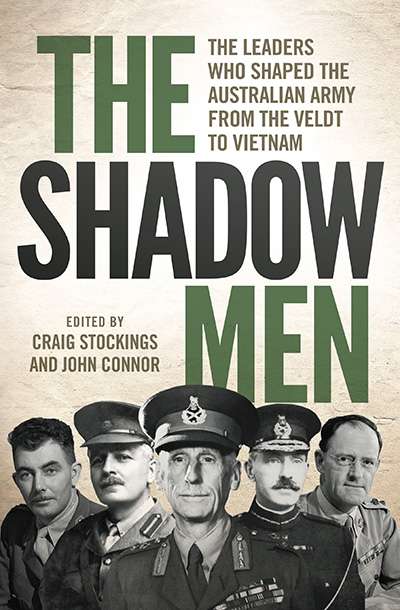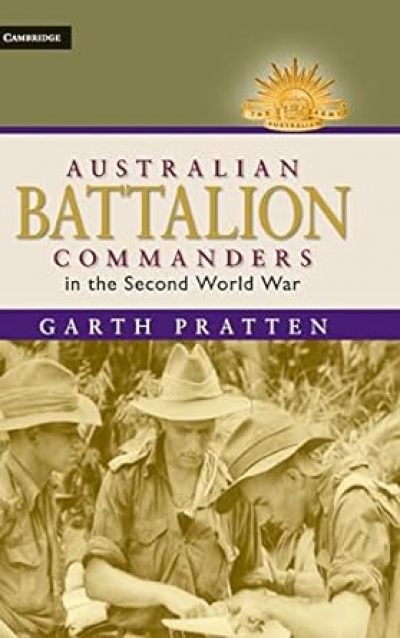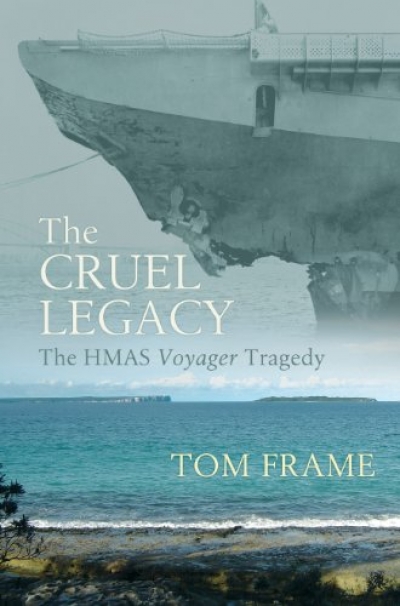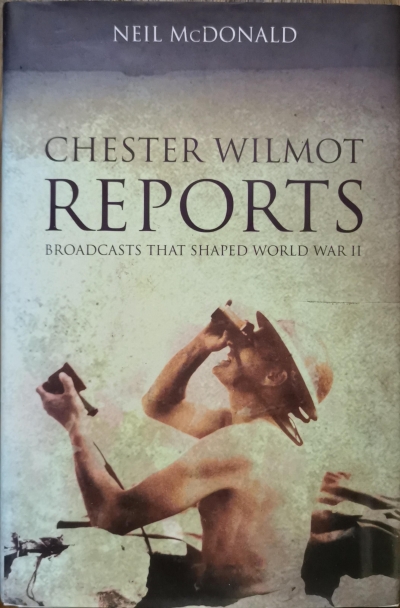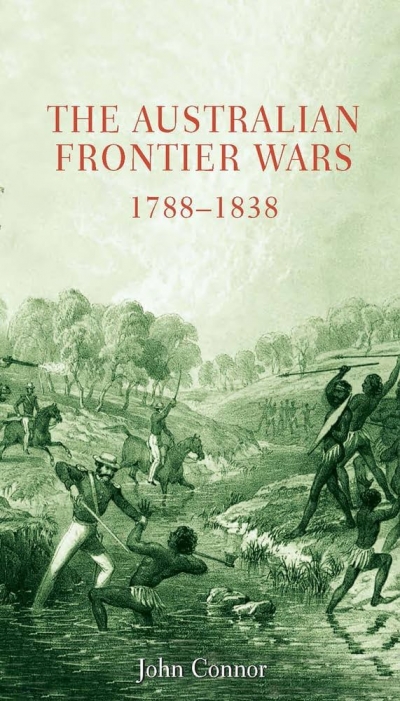John Connor
Frontier Conflict: The Australian experience edited by Bain Attwood and S.G. Foster
by John Connor •
The Shadow Men: The leaders who shaped the Australian Army from the Veldt to Vietnam edited by Craig Stockings and John Connor
by Seumas Spark •
Australian Battalion Commanders in the Second World War by Garth Pratten
by John Connor •
A River Kwai Story by Robin Rowland & The Men of the Line by Pattie Wright
by John Connor •
Chester Wilmot Reports: Broadcasts that shaped World War II by Neil McDonald
by John Connor •
Soldier Boy: The True Story of Jim Martin the Youngest Anzac by Anthony Hill
by John Connor •


